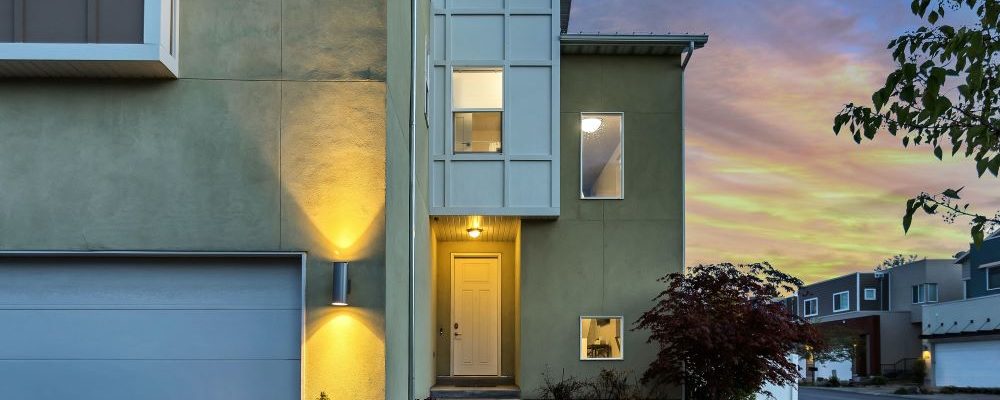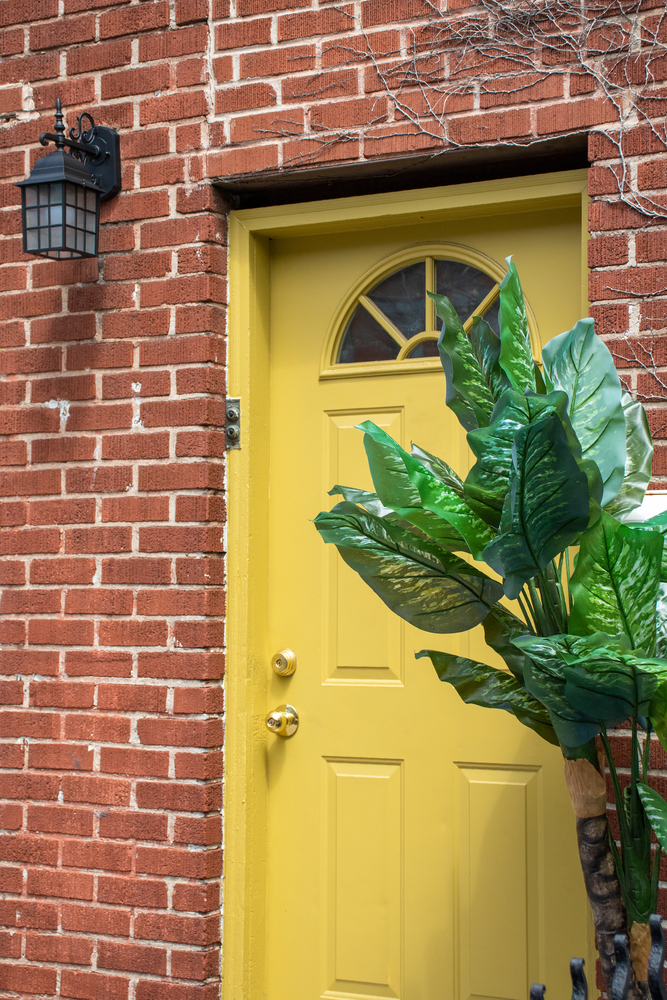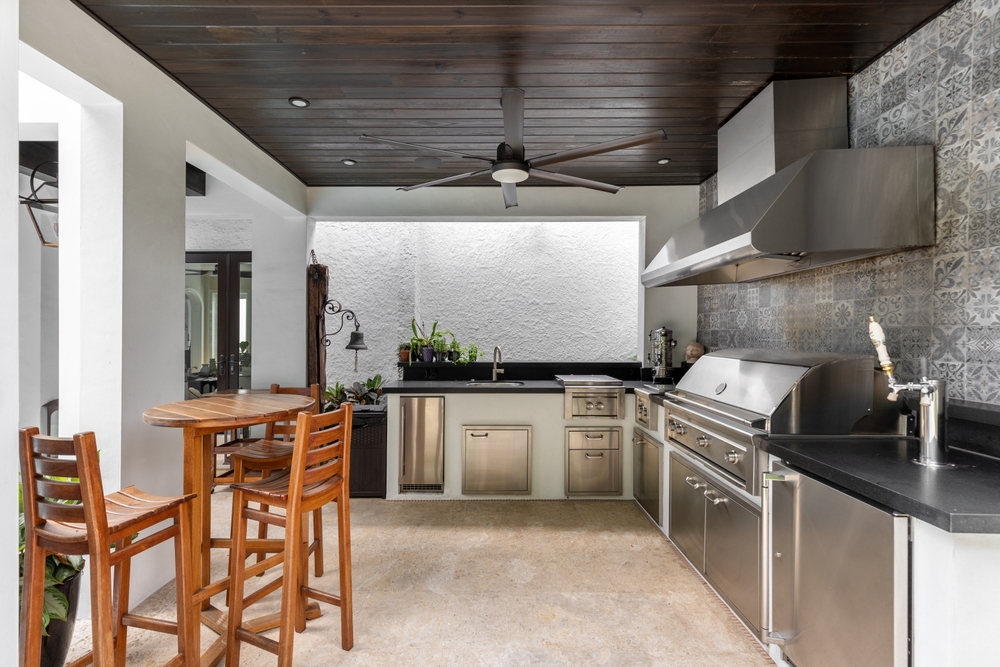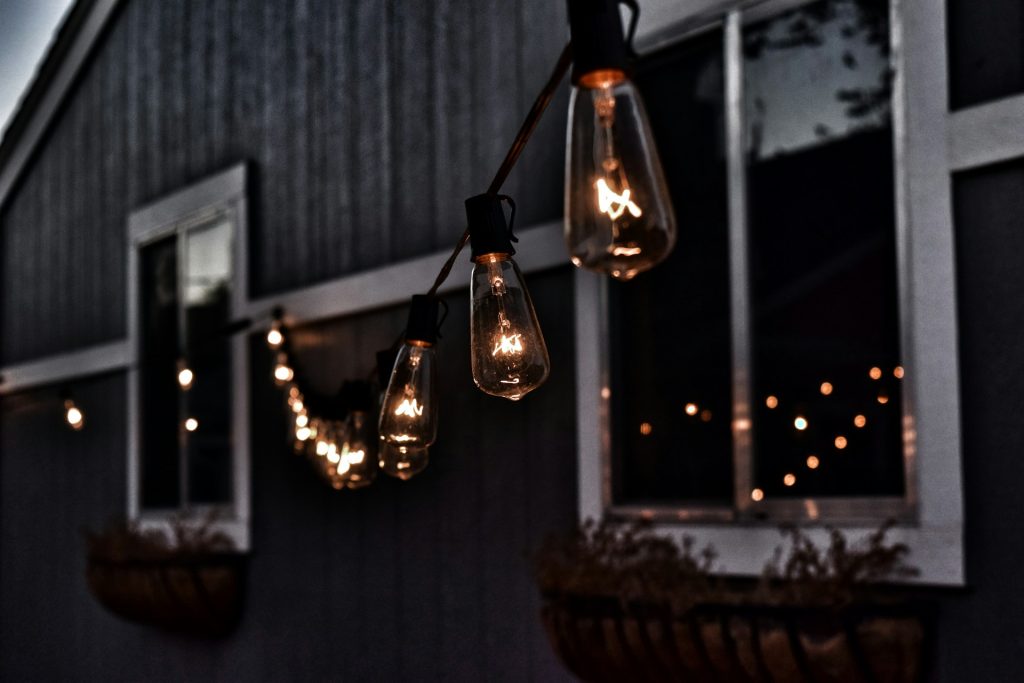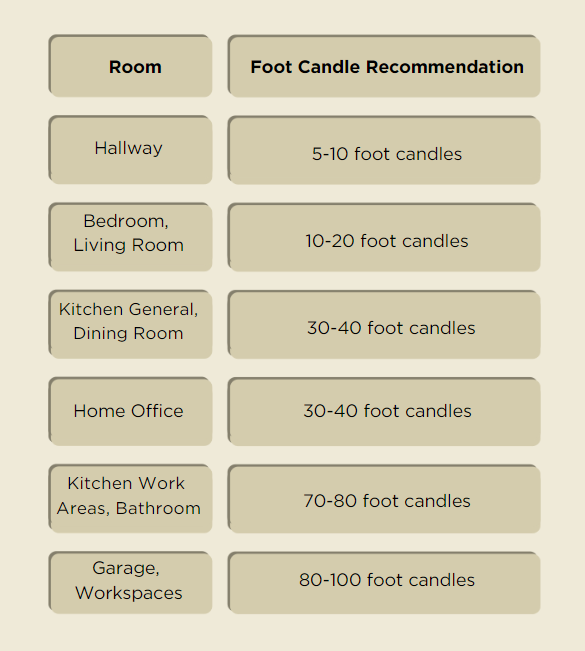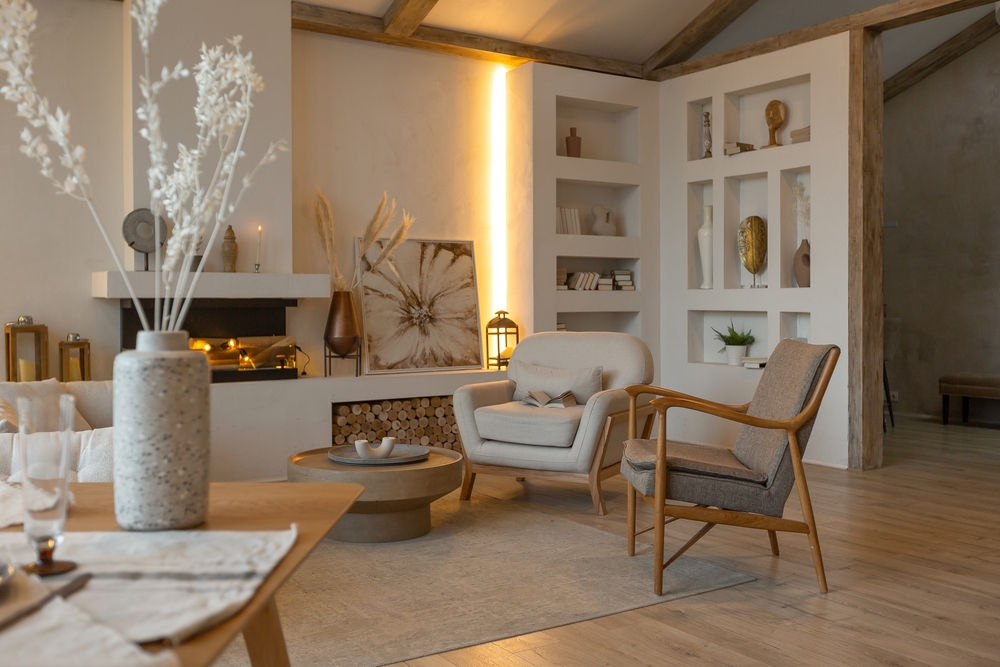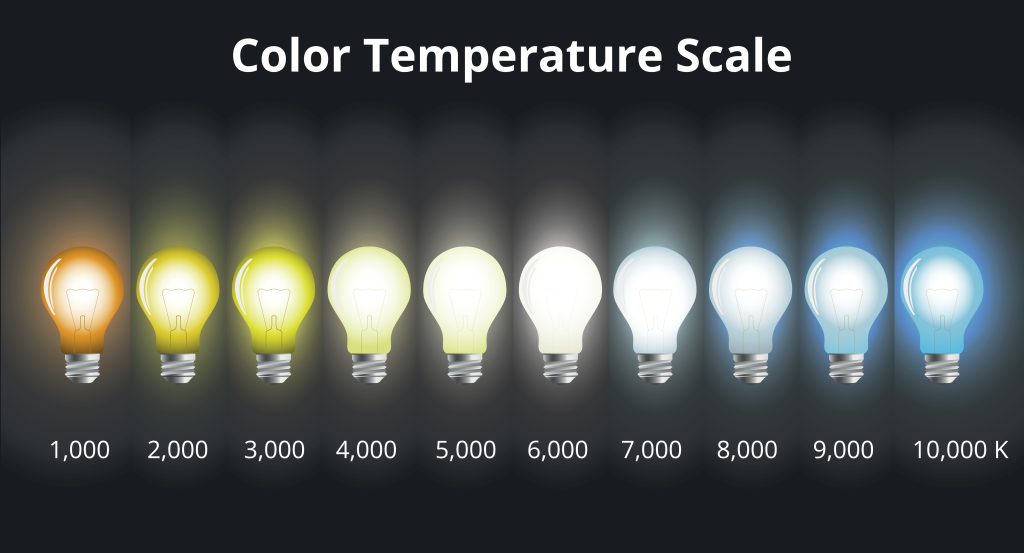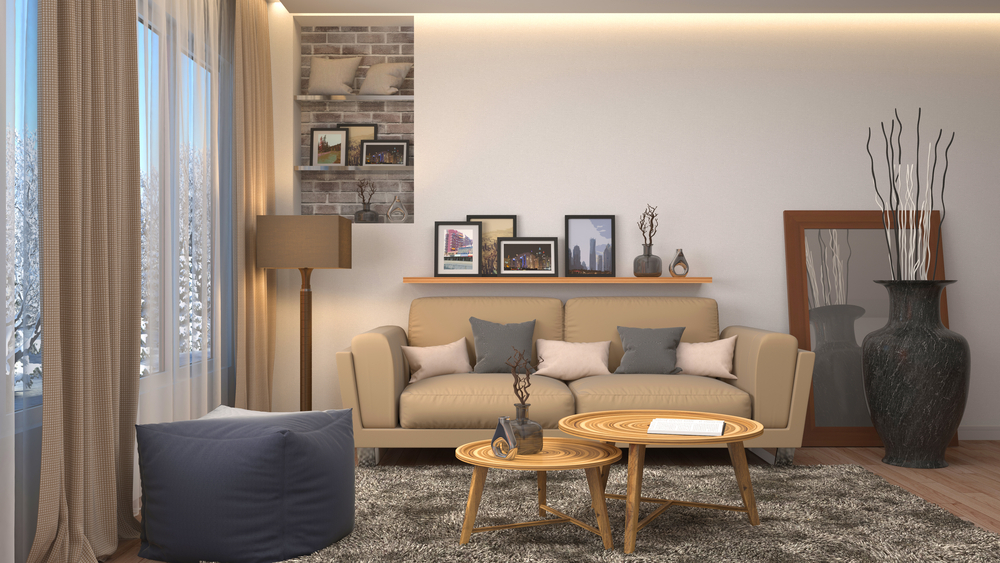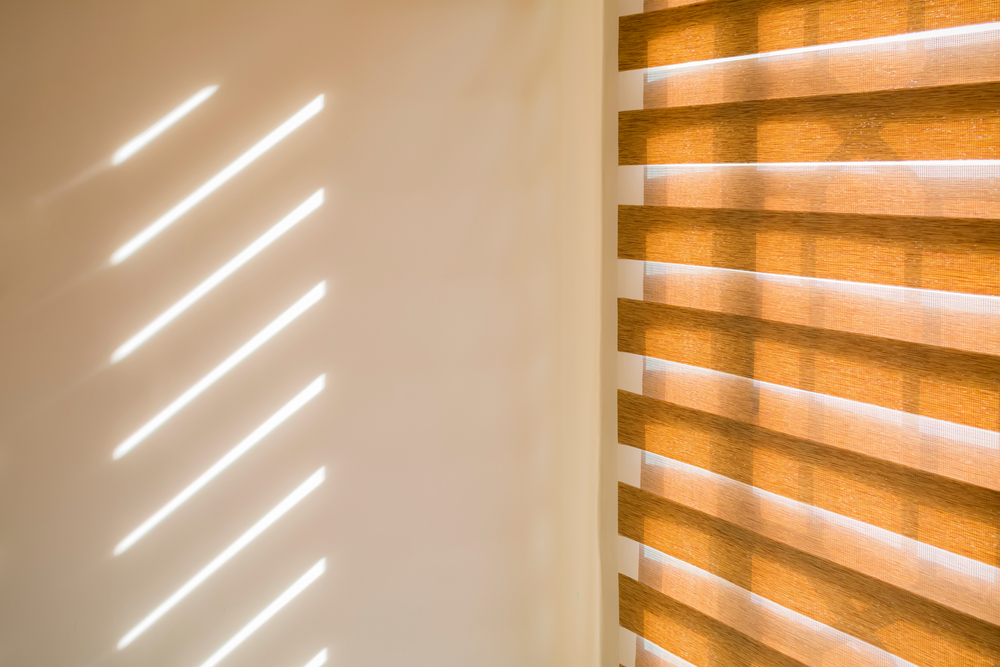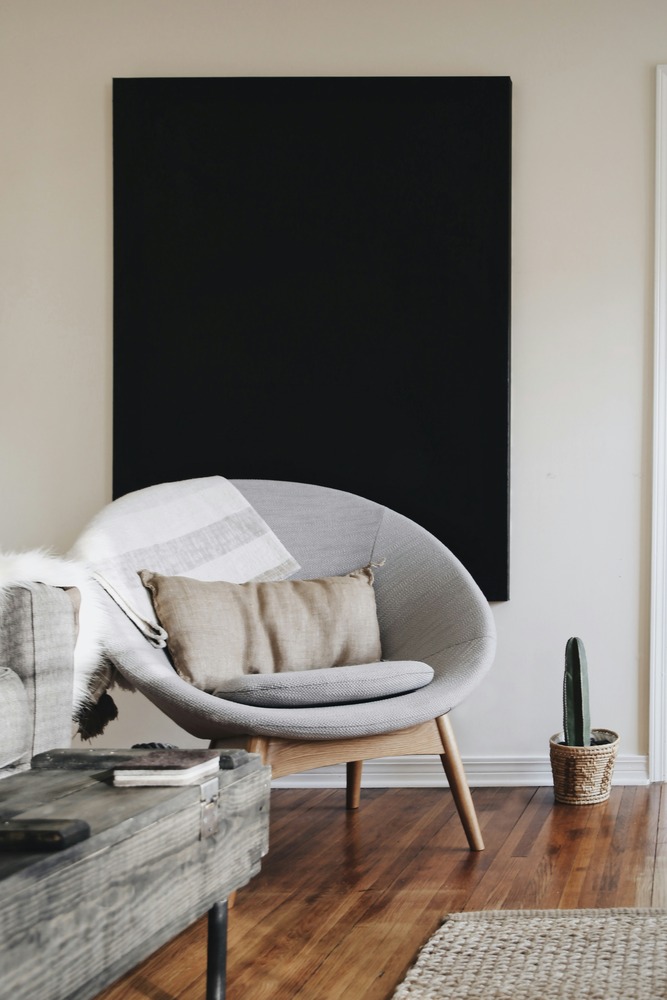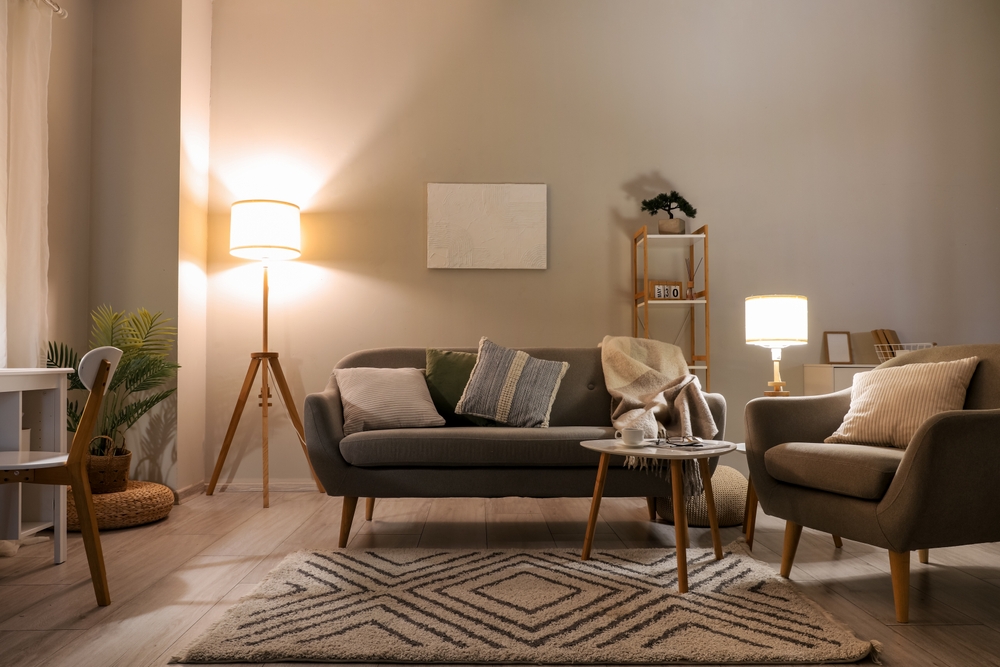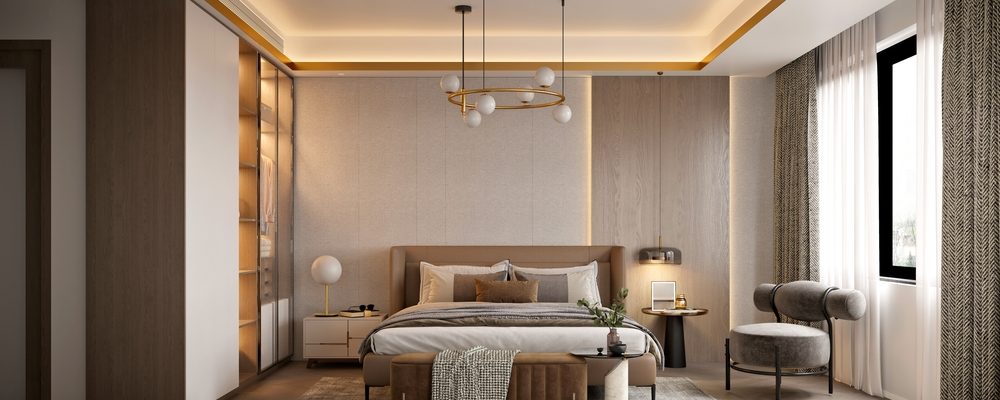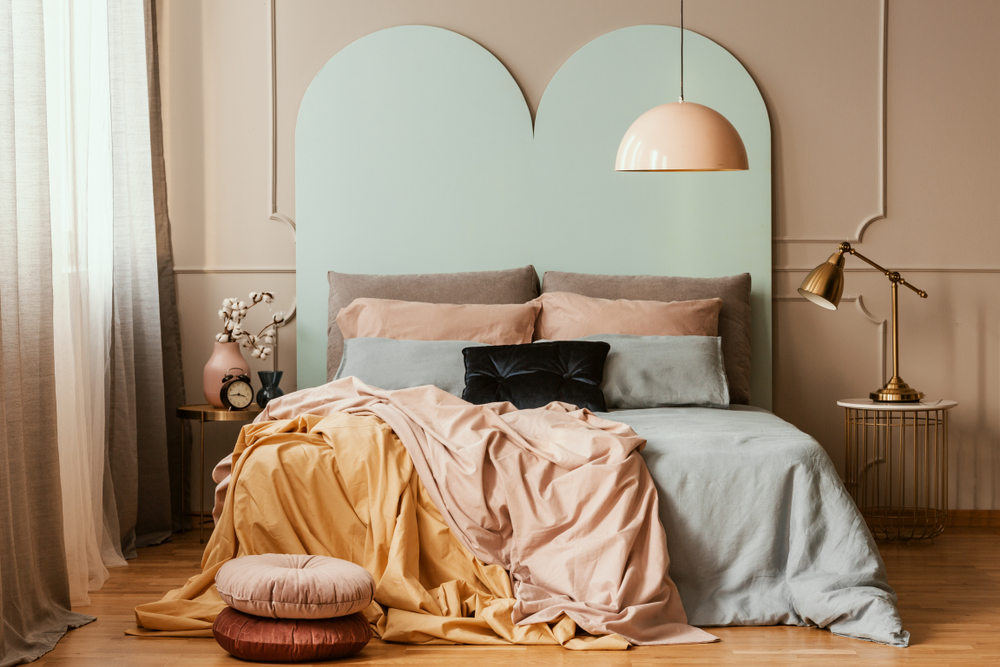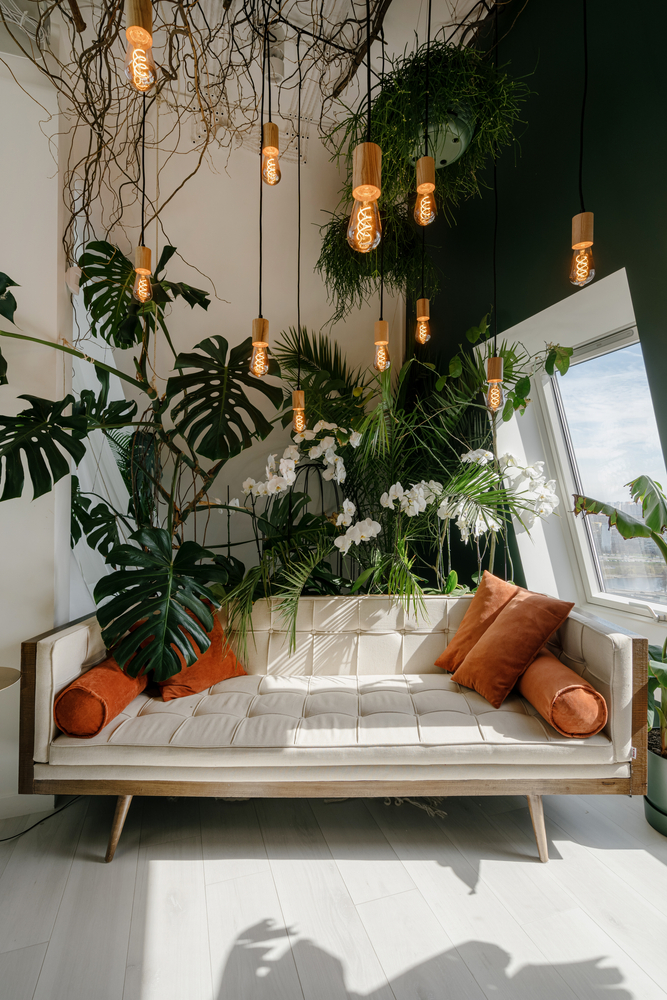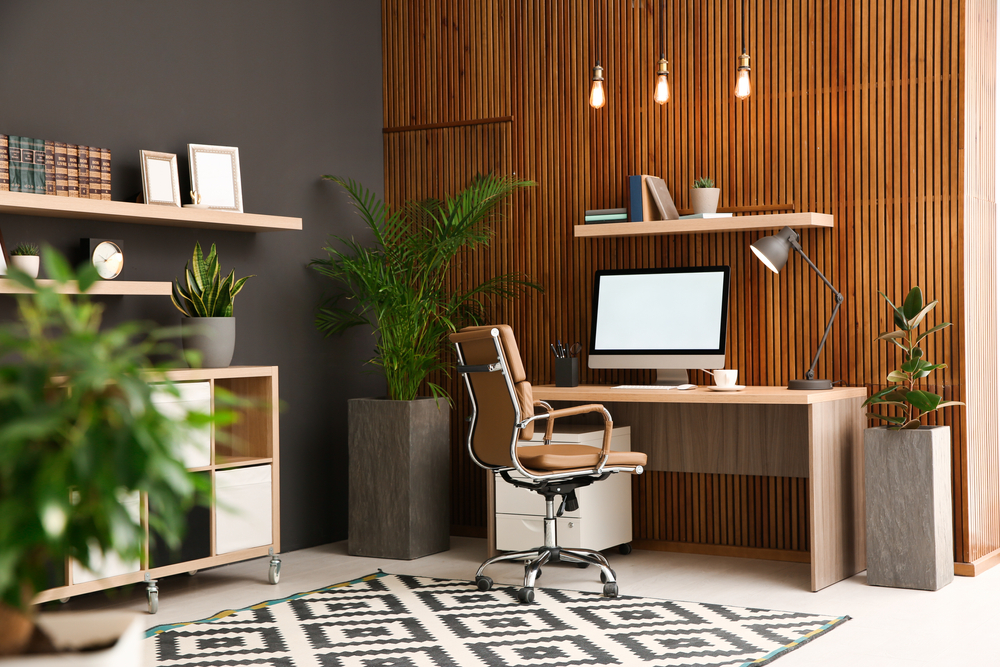Beyond its functional role in cooking and entertaining, the kitchen is where memories are made and lasting bonds are created. If you find yourself glancing at your kitchen and sensing it needs a refresh, you’re not alone! Getting started can seem like a daunting task to undertake, but with some inspiration from these curated spaces and expert insights, you can transform your kitchen into a space you genuinely love. From sleek and modern to charming rustic kitchens, each of these spaces is begging to be replicated in your home and infused with your personal style. It’s time to breathe new life into your kitchen!
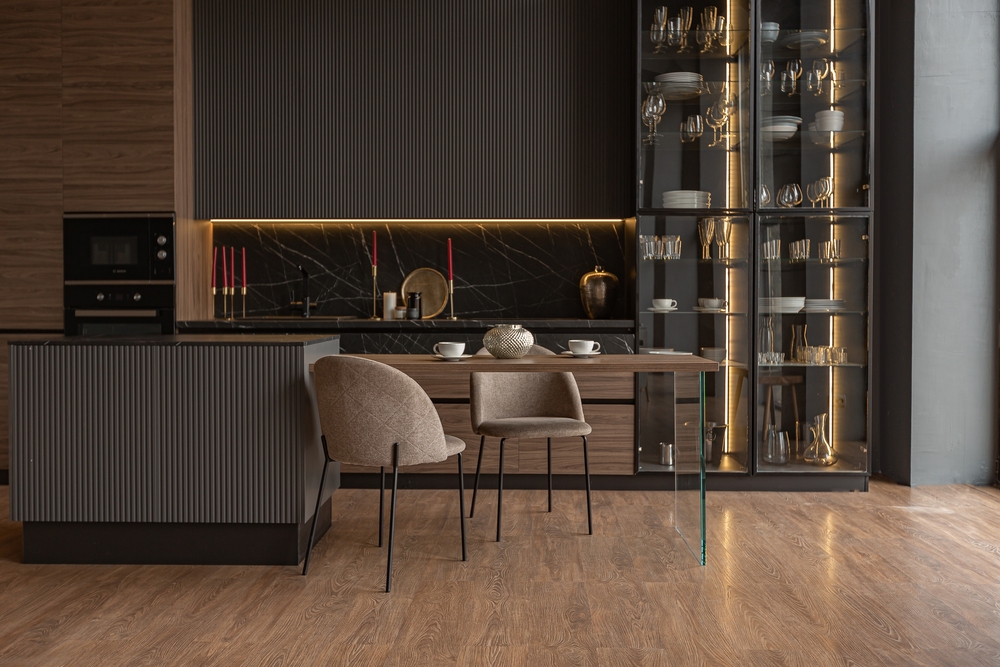
Moody Modern
Dressed in sophistication, this kitchen features dark marble backsplashes, gorgeous wood accents, and thoughtfully styled glass floor-to-ceiling cabinets. This space deserves lighting that highlights every square inch. The under-cabinet lighting and strip lighting in the glass cabinets create a moody ambiance with dramatic shadows and highlights that will have guests’ jaws on the floor the minute they step into this kitchen.
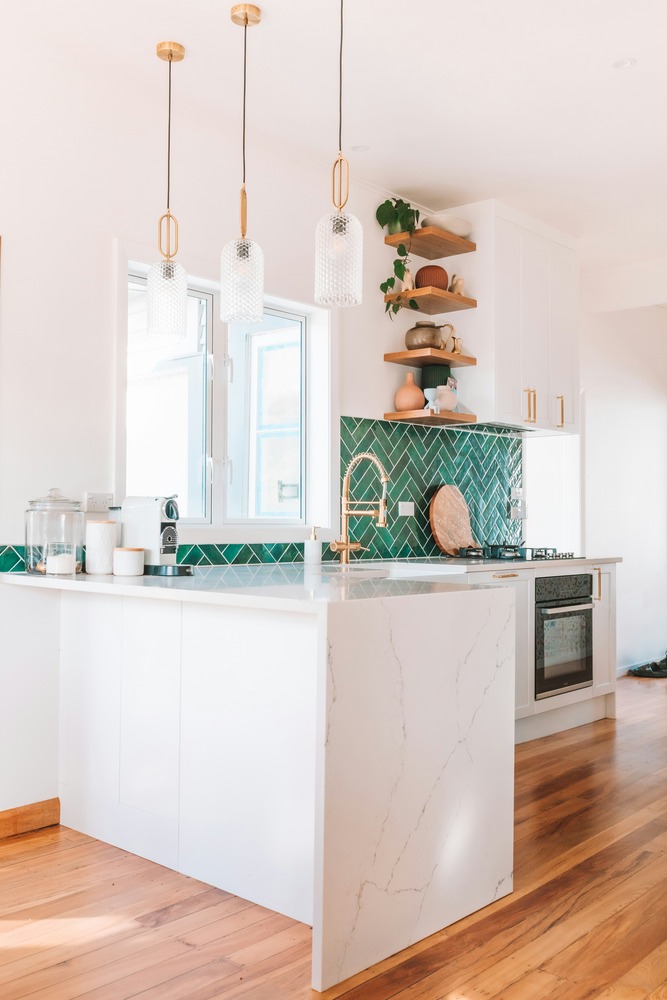
Cozy Corner
The contrast of the stark white against the warm earthy wood in this kitchen is enough to make anyone green with envy (like this daring backsplash)! The light and shadow of the sunlight brings beautiful dimension during the day, and when the sun sinks low, this trio of pendants takes center stage, bringing just the right amount of light to make this cozy kitchen corner glow.
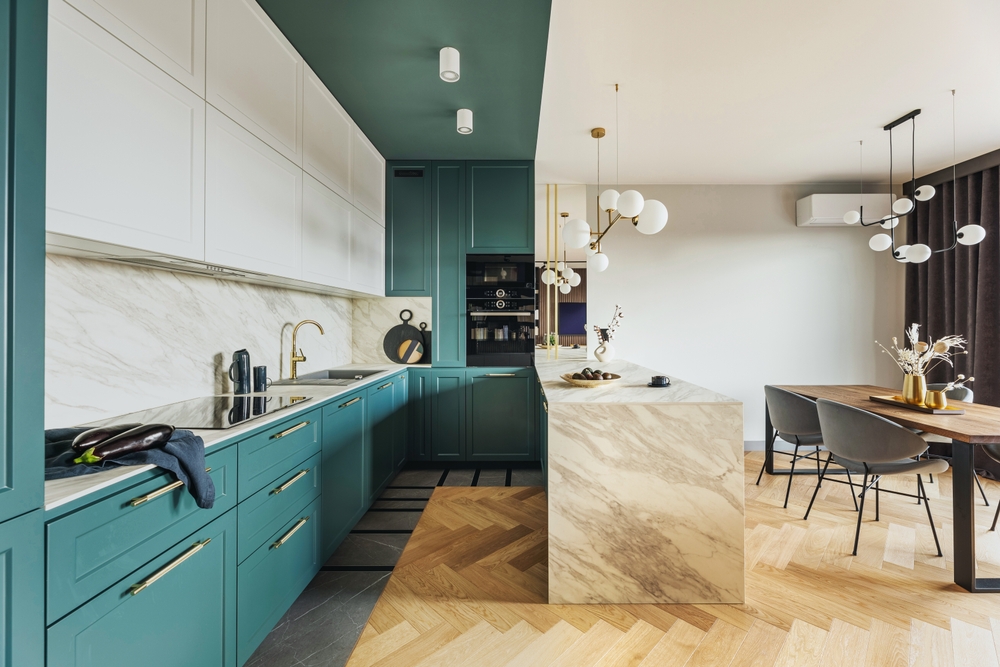
Teal-Accented
This kitchen’s not short on space, but this clever play with colors makes the room feel even bigger. The color from the cabinets is carried seamlessly across the ceiling, creating the illusion of extra room height, and the white upper cabinets gracefully recede, creating the appearance of a wider space. The herringbone floors and luxurious marbled countertop and backsplash add layers of texture, personality, and warmth, and to crown it all, a stunning globe chandelier serves as the pièce de résistance, tying each element together into a harmonious display of creativity. Our love for this kitchen knows no bounds—it’s a masterclass in design ingenuity!
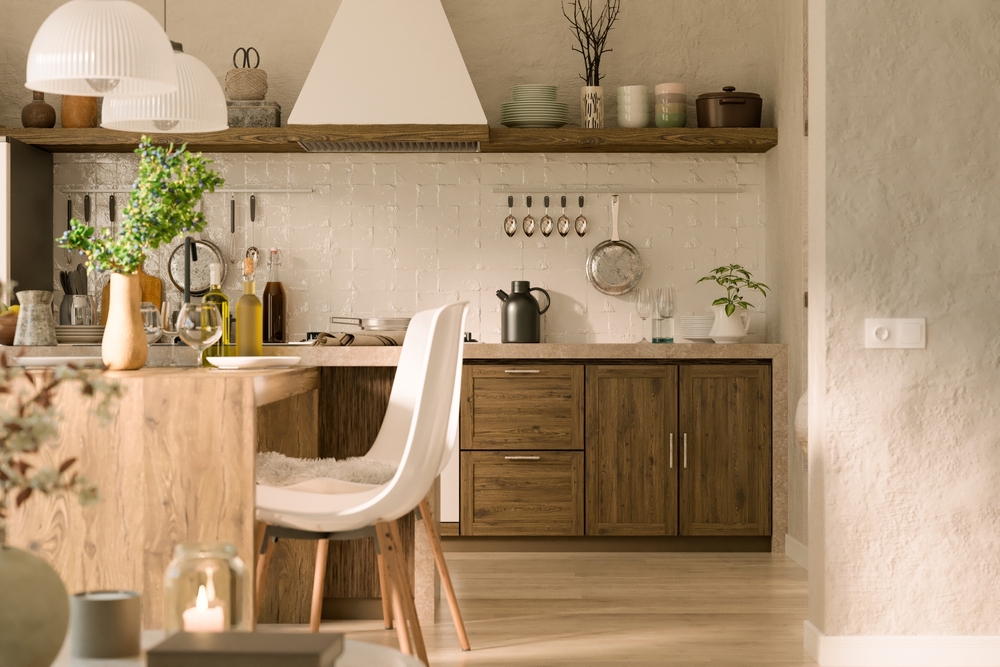
Charming Cottagecore
This kitchen is giving irresistible countryside cottage charm! The neutral color palette places the spotlight on the beautiful textures covering the backsplash, wood, and walls. The careful styling also pulls out all the stops, transforming this space into a haven perfect for late-night intimate conversations. Picturing a midnight snack beneath the glow of these pretty white pendants is nothing short of a dream!
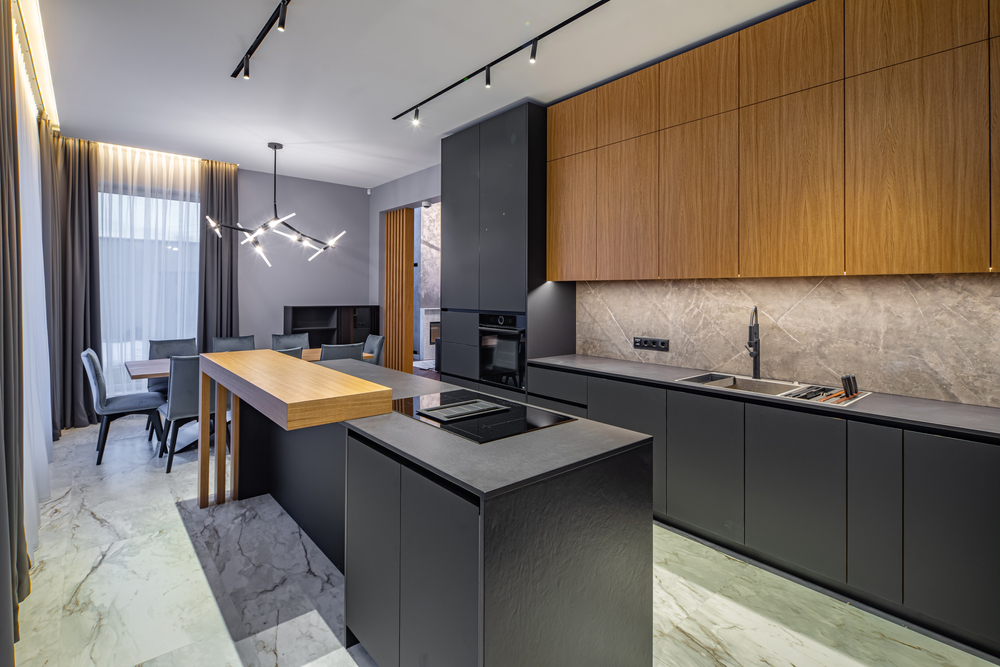
Linear Kitchen
Clean lines give this kitchen a modern and industrial look where the natural beauty of the materials shines through. Every element – from the sleek cabinetry to the stone floor to the gorgeous linear light fixtures – contributes to a streamlined environment where form seamlessly meets function. In embracing clean lines, this kitchen stands as a testament to the timeless appeal of modern design, where simplicity becomes the ultimate sophistication.
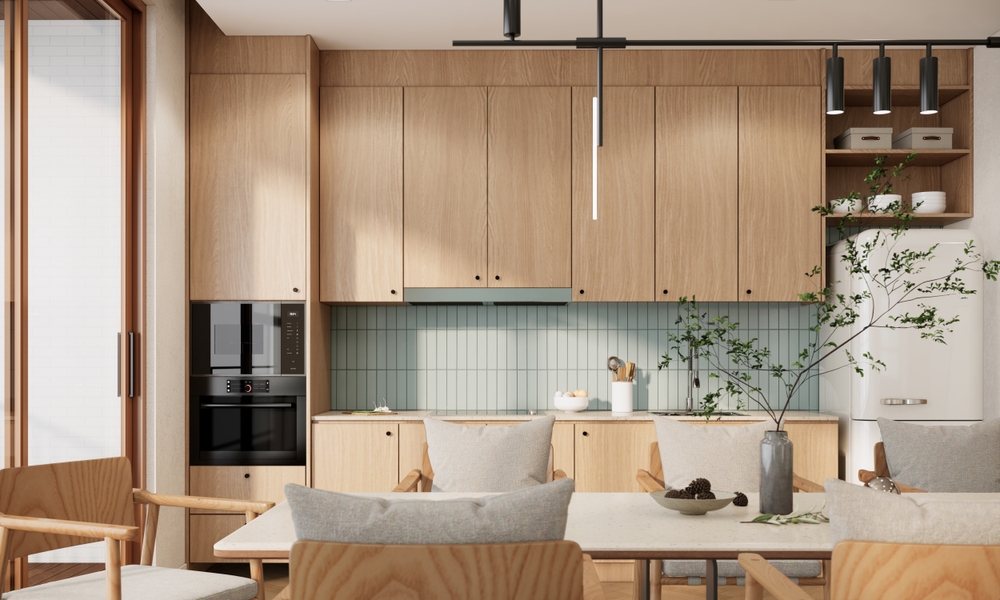
Light and Airy
In this Scandinavian-style kitchen, light natural wood, subtle linear accents, and the inclusion of cozy chairs create an atmosphere that seamlessly marries modern design aesthetics with a warm, inviting aura. The light color palette brings airiness that feels both fresh and timeless while the linear accents (such as the backsplash and light fixture) bring order and simplicity. Adding cozy elements like the chairs brings a sense of hygge – a term embodying coziness and contentment – to the design, inviting guests and loved ones to come together and create lasting memories.
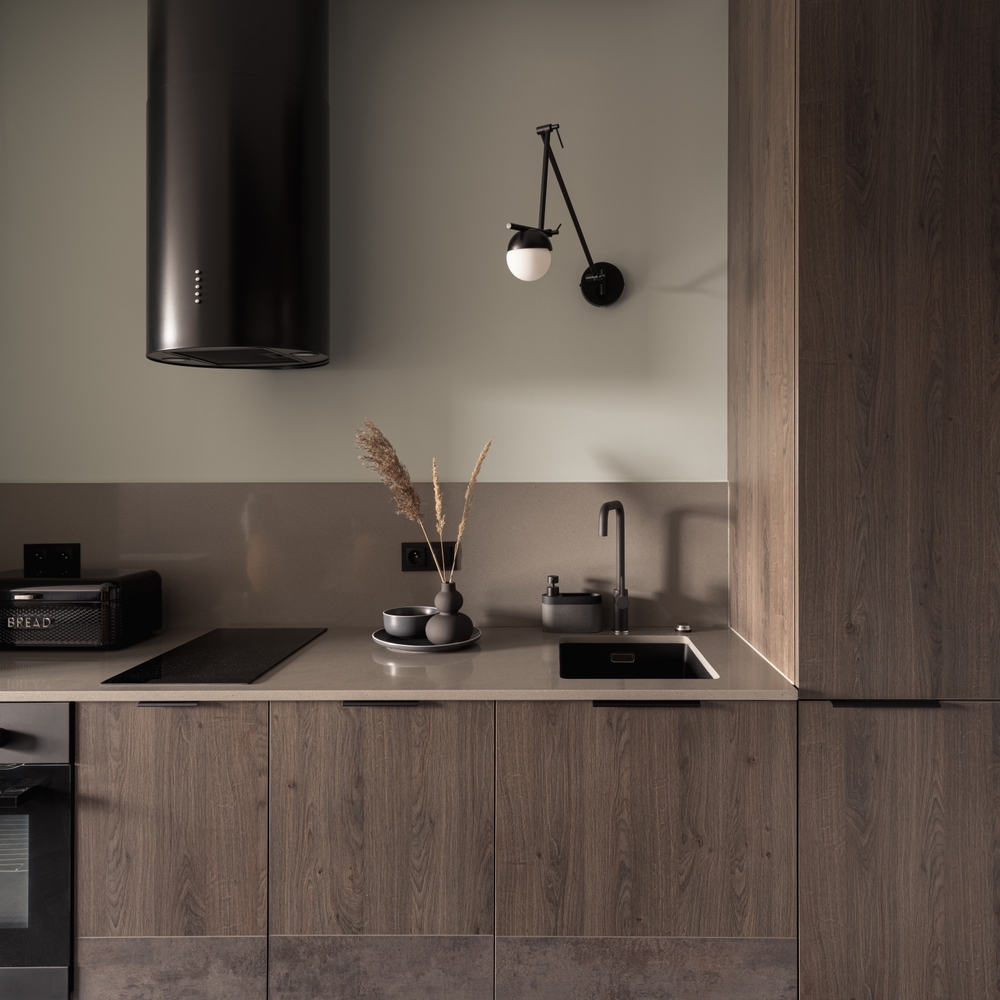
Monochromatic Kitchen
This small kitchen embraces the power of a monochromatic color palette where texture and scale are the unsung heroes. It proves that with a little creativity, gorgeous style is possible in any space! The ingenious globe wall sconce serves as a focal point that adds a touch of personality and is the perfect lighting solution for this small kitchen. By carefully selecting the right size features, every inch of the space was maximized for functionality and gorgeous aesthetics. Thoughtful design makes all the difference!
—
These seven kitchens not only showcase the transformative power of design but also emphasize that thoughtful choices can give you a kitchen that has it all – functionality and beautiful aesthetics. There are so many possibilities for a kitchen where creativity and connection thrive! Whether you lean towards the cozy charm of rustic aesthetics, the simplicity of a Scandinavian style, or a sleek and modern space, these kitchens prove that the heart of your home can be a reflection of your unique style and personality, and none of it could be possible without great lighting. Give Western Chandelier a call when you’re ready to create a space that truly feels like the heart of your home!

